Award-winning sound artist Richard King shares stories from recording dozens of aircraft including WWII-era planes, military helicopters, and rockets.
We're proud to introduce King Collection: Aircraft – our latest library developed in collaboration with Academy Award®-winner Richard King (Dunkirk, Inception). Make your projects soar with masterful recordings of 46 different aircraft curated from King's private library including commercial airliners, fighter jets, propeller planes, helicopters, and rockets.
Thorough multi-channel recordings synced from multiple perspectives let you blend sounds to meet the needs of any scene with whooshing fly bys ripping through air, roaring engines, whining turbines, whooping propellors, interior cabin rattles, and much more.
We caught up with King to learn about the many recording sessions behind this massive collection. He discusses his approach to capturing such detailed sounds from big-budget, extraordinary sessions as well as stories from his experiences along the way.
King Collection: Aircraft – Available Now
PSE: How would you describe what’s included in King Collection: Aircraft?
Richard King: These sounds have been collected over the years as we’ve recorded them for specific movies. Surprisingly, just recording the aircraft I’ve needed for specific projects has accumulated into quite a large collection that runs the gamut from WWII to present day.
Each aircraft was recorded with as much control as we could achieve. There is some grab and go stuff, but to a great extent it's recorded with as much control as we could muster over the aircraft and recording environment.
"To a great extent it's recorded with as much control as we could muster over the aircraft and recording environment."
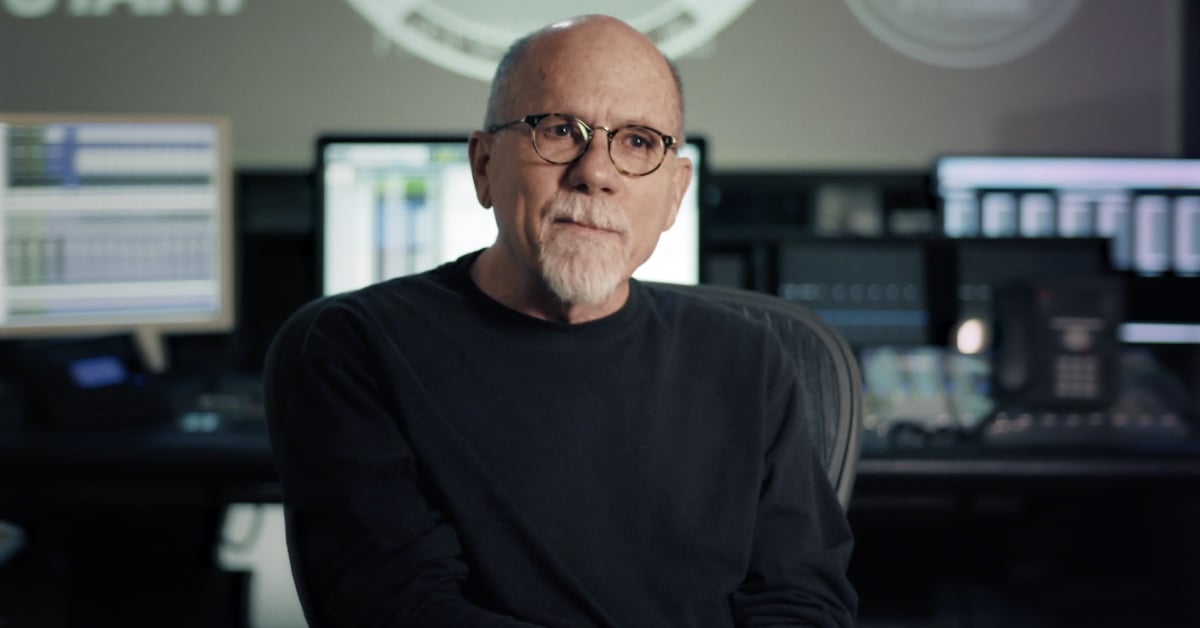
Richard King in his studio
What were these recording sessions like? How did you go about creating such a controlled setup?
For the Bell helicopter [Bell 206A JetRanger], we found a deserted hill out near Corona, California, near where we rented the helicopter, where the other recordist and I positioned ourselves. It's situations like that where you get your best stuff because you can give really specific directions to the pilot, like recording a complete series with a car. Then we climbed in and recorded all the variations we could get with the onboard sounds.
That goes for a lot of the planes too. They're a little bit harder to control, so you need a field for them to fly over and a runway of some sort. For the Spitfire [Supermarine Spitfire prop plane], we had complete control of the aircraft, with an ex fighter pilot willing to push the plane hard. Every space in this rather small plane was miked, with most of the microphones placed in the engine compartment and cockpit.
For the aircraft dropping, we went out to a commercial airplane boneyard. We lifted the side of a DC-9 [McDonnell Douglas DC-9 airliner jet] with a forklift, and then tilted the forks downward so that the wing slipped off the edge and fell with a crash. We set up for the day with about five different kinds and sizes of commercial jets, up to L-1011’s and DC-10’s, around us to choose from. At one point they cut a fuselage in half for us (included in King Collection: Vol. 1). We also worldized some sounds and did a lot of location foley for that show.
You also end up learning a lot about each specific aircraft and its peculiarities just by talking to the pilots and ground personnel, involving them in the process; they work with these machines every day so are important participants in the recording process. In the beginning, they’re often a little tentative, but about two hours into the session they’re totally into it, which makes it all the more fun and productive.
As a sound artist, what is the experience working on a project with these recordings and knowing that you have all these angles covered?
It's fun because you can really tailor the sound to what you're trying to accomplish in the picture, and you know you've got a lot of variety. In the case of the multi-channel onboards, it allows you more latitude and options as far as creating the sound of that aircraft, or whether you're closer to the engines or the cockpit, for instance. You can easily create your own mixes.
"You can really tailor the sound to what you're trying to accomplish in the picture, and you know you've got a lot of variety...You can easily create your own mixes."
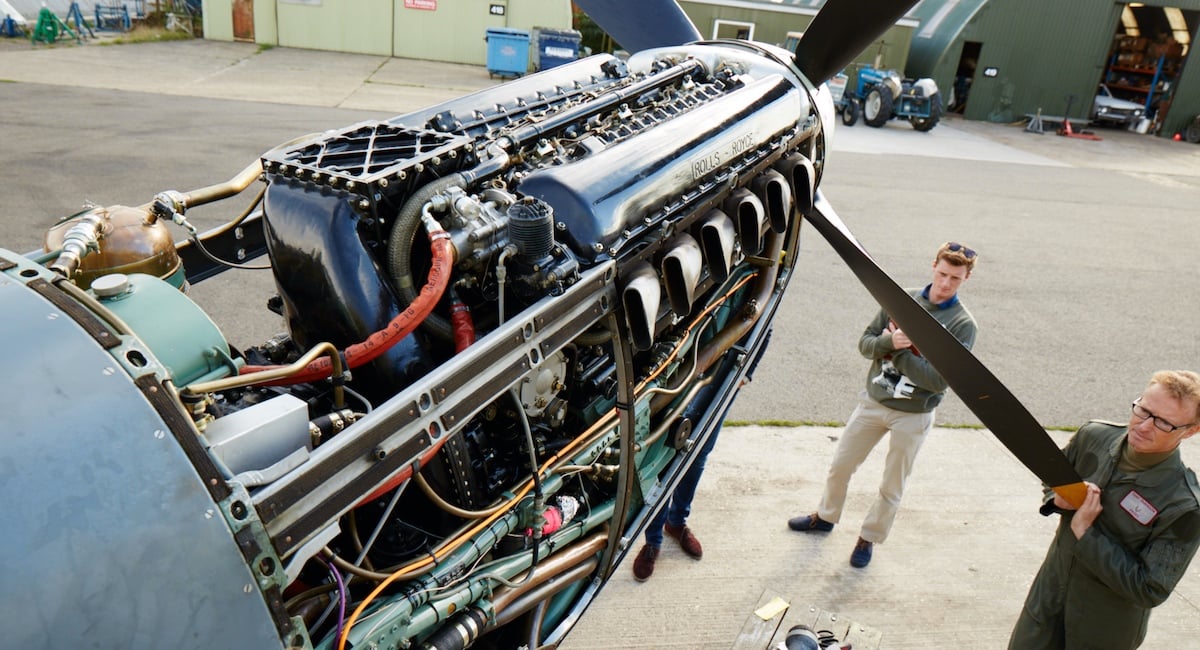
Supermarine Spitfire prop plane - Merlin engine
I'd imagine some of these aircraft are very difficult to access and even dangerous to work with. What level of resources and coordination goes into planning even just one of these aircraft recording sessions?
It can be enormous. For instance, for one film we sent two recordists to England, where they were shooting, to record a Lockheed C-130 Hercules, a Bandeirante twin-engine light transport plane [Embraer EMB 110 Bandeirante], and a couple of helicopters. The stunt and safety team were performing the stunts over a huge private estate because the stunt involved dropping a large object from the plane so there was an enormous amount of safety preparation to make it happen. Happily we had full access for a day separate from the shooting crew.
For the Chinooks [Chinook CH-47D helicopter] we recorded, fuel was a big part of that cost. It can run from incredibly complex to relatively simple, like just renting a helicopter for a day, or finding the manufacturer and going to the factory to record. It can take days and days, weeks, sometimes months, of prep to set up the sessions.
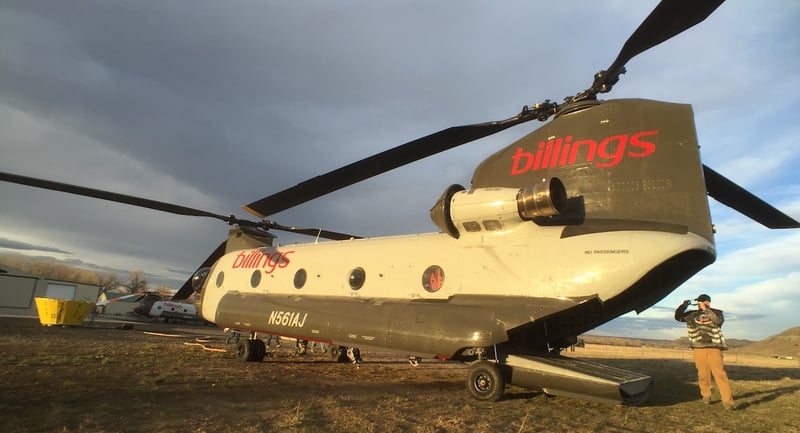
Chinook CH-47D helicopter
The Spitfire was particularly challenging because they’re museum pieces. There are only about 50 airworthy Spitfires left, and they're all privately owned or in museums. We found a beautifully maintained Spitfire in England, just outside London, and the owners were up for it. Our ex-RAF pilot had flown modern fighter jets in combat, so he wasn’t afraid to push the plane, it was pretty awesome!
Did any of these recordings surprise you once you were listening back in the studio?
The Spitfire, for sure, just sounded amazing. I think there were 18 or 20 mics in the plane, I don't remember the exact number. A lot of mics. The recordist, Eilam Hoffman, couldn't fly in the plane since it's a single seater, so he set the levels with the plane on the ground. He mounted the recorders in what was originally the radio compartment on the side of the plane behind the cockpit. And the levels are just superb, nothing overloaded. I was really impressed with his work.
The Chinook was interesting too. Inside, it sounds pretty much the same everywhere - loud turbine whine and roar. Can’t even hear the blade whop. So for the rotor sound, we recorded exterior idols, takeoffs, and hovers to identify the sweet spots and get the big blade chops.
What was your approach to the multi-channel miking for a lot of these aircraft?
Well, the goal is to be able to create multiple sounds from the recordings. So we try to go inside the aircraft with the engines running, and we just listen around for spots where the prop wash is more prominent, for instance, or the engine is more prominent, or interior rattles are more prominent so we can isolate that. Or we're listening for a sense of space, like in the Chinook, they're just big empty 40-foot-long 15-foot-wide metallic spaces. We'll go into the cockpit to see what it sounds like, and we'll see if there are any sweet spots where a sound is purest. The goal being to find the purest perspective on any given variation in the sound, so you get as much distinction as possible between microphones.
"The goal being to find the purest perspective on any given variation in the sound, so you get as much distinction as possible between microphones."
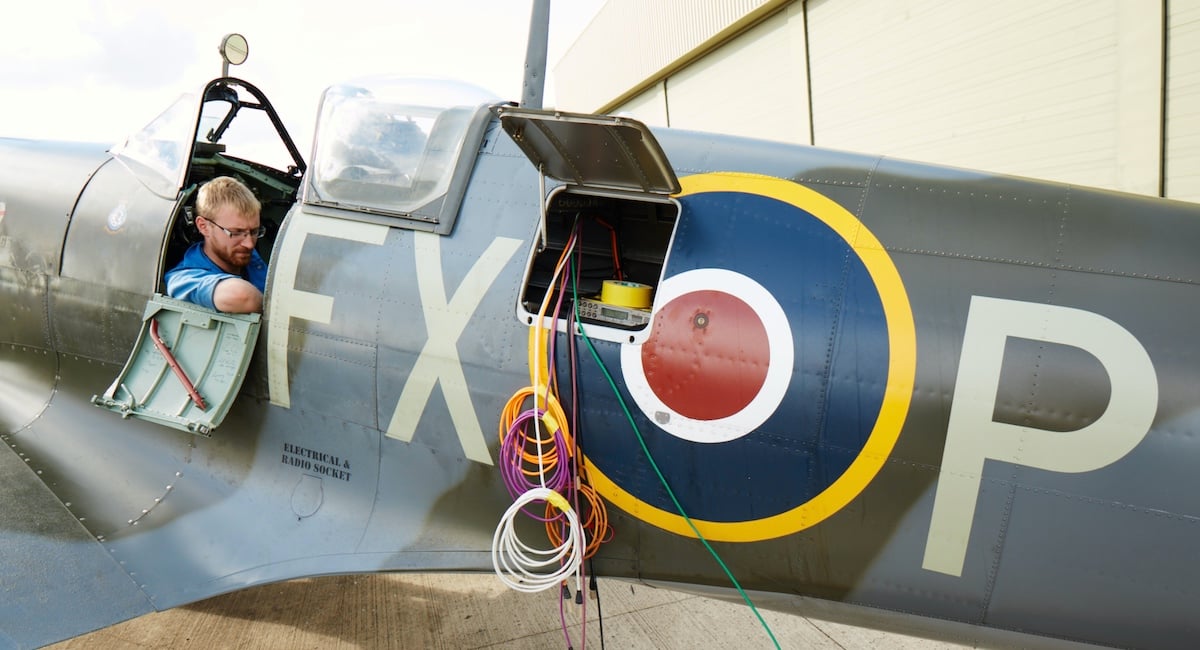
Proper recorder placement
What was the process like for some of these super loud subjects like rockets?
If you're too close, the microphones can't hold up, so we try to bracket the mic placement. We get some mics as close as we're allowed to the rocket which gets some of the higher frequencies, and then mics much further back which pick up a lot more of the low end.
Even small rockets are the most dangerous things to record because even the people building and operating them never know when they might blow up. They all get in a concrete bunker a quarter of a mile away when they're lighting them up. But it's an impressive sound with all the mics adding up to this one sound you get which is more than one person's perspective of it would be. It adds up to be greater than the sum of the parts.
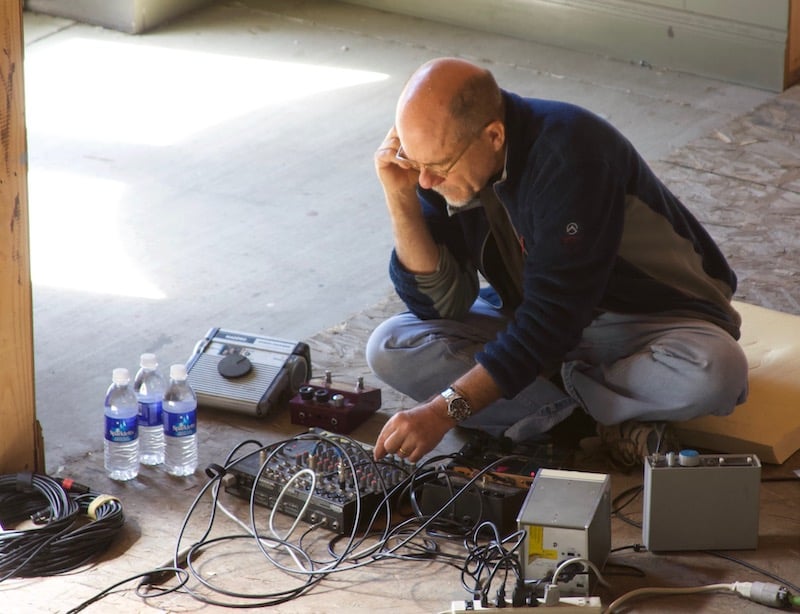
King Collection: Aircraft – Available Now













